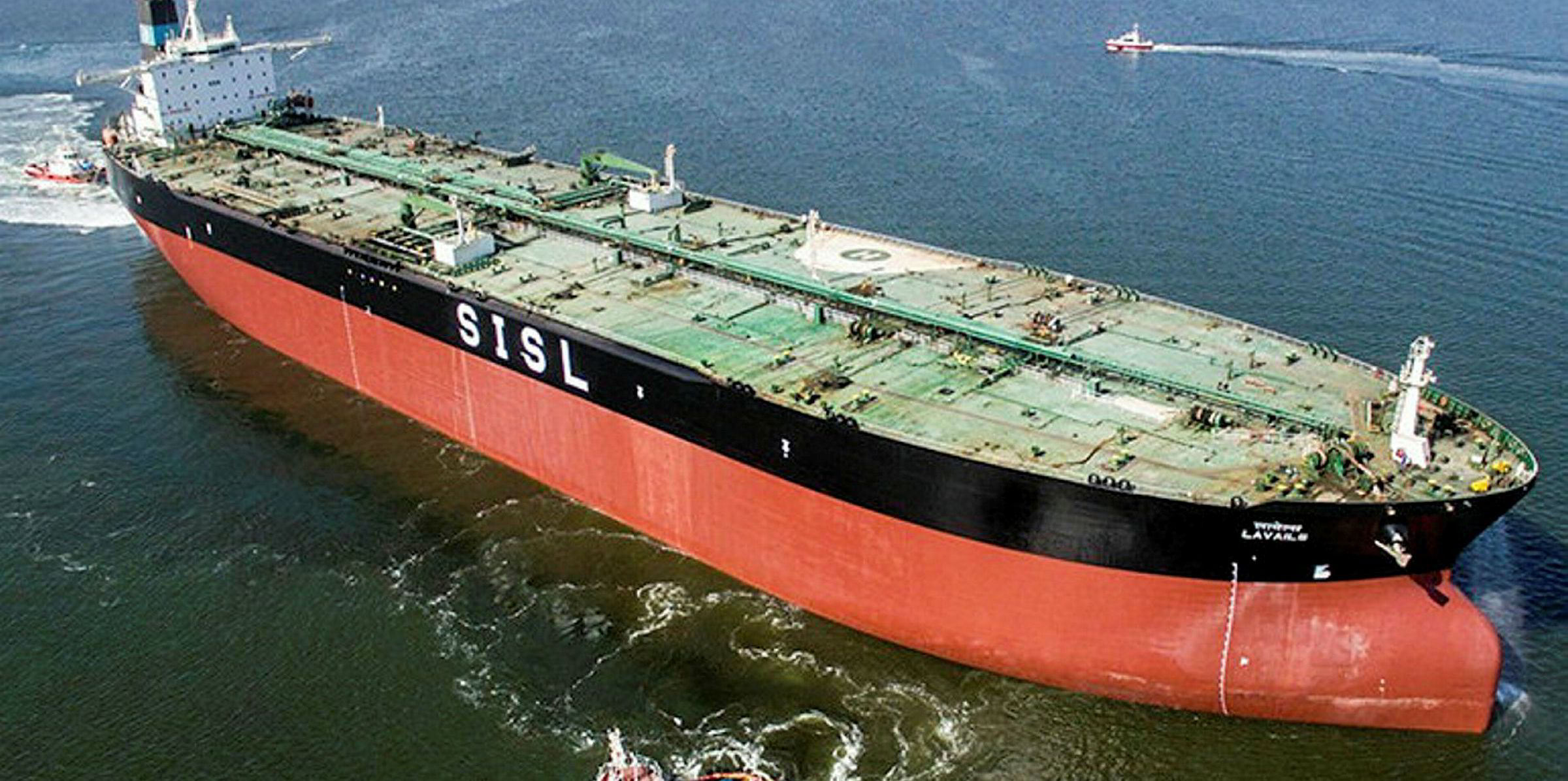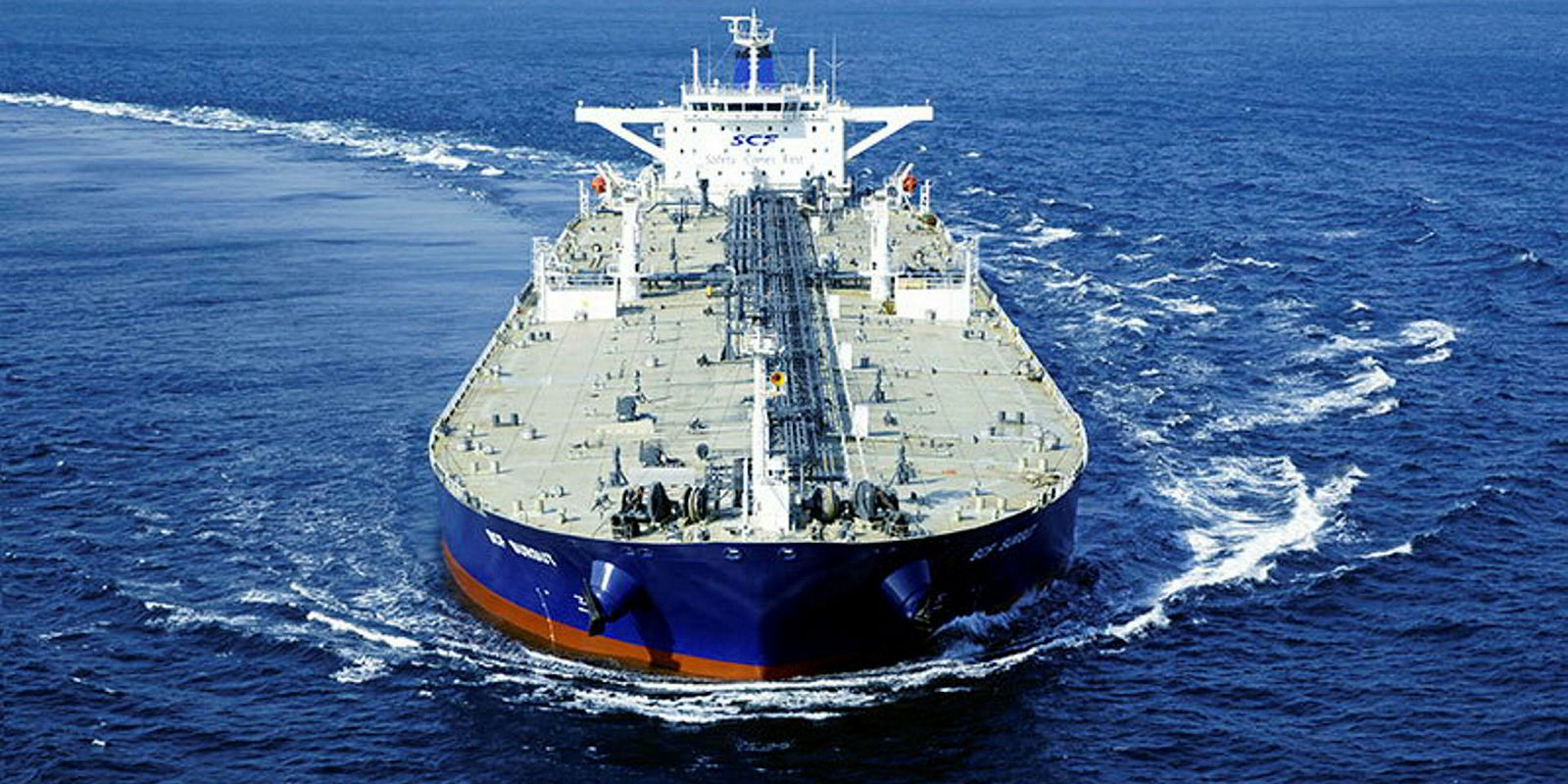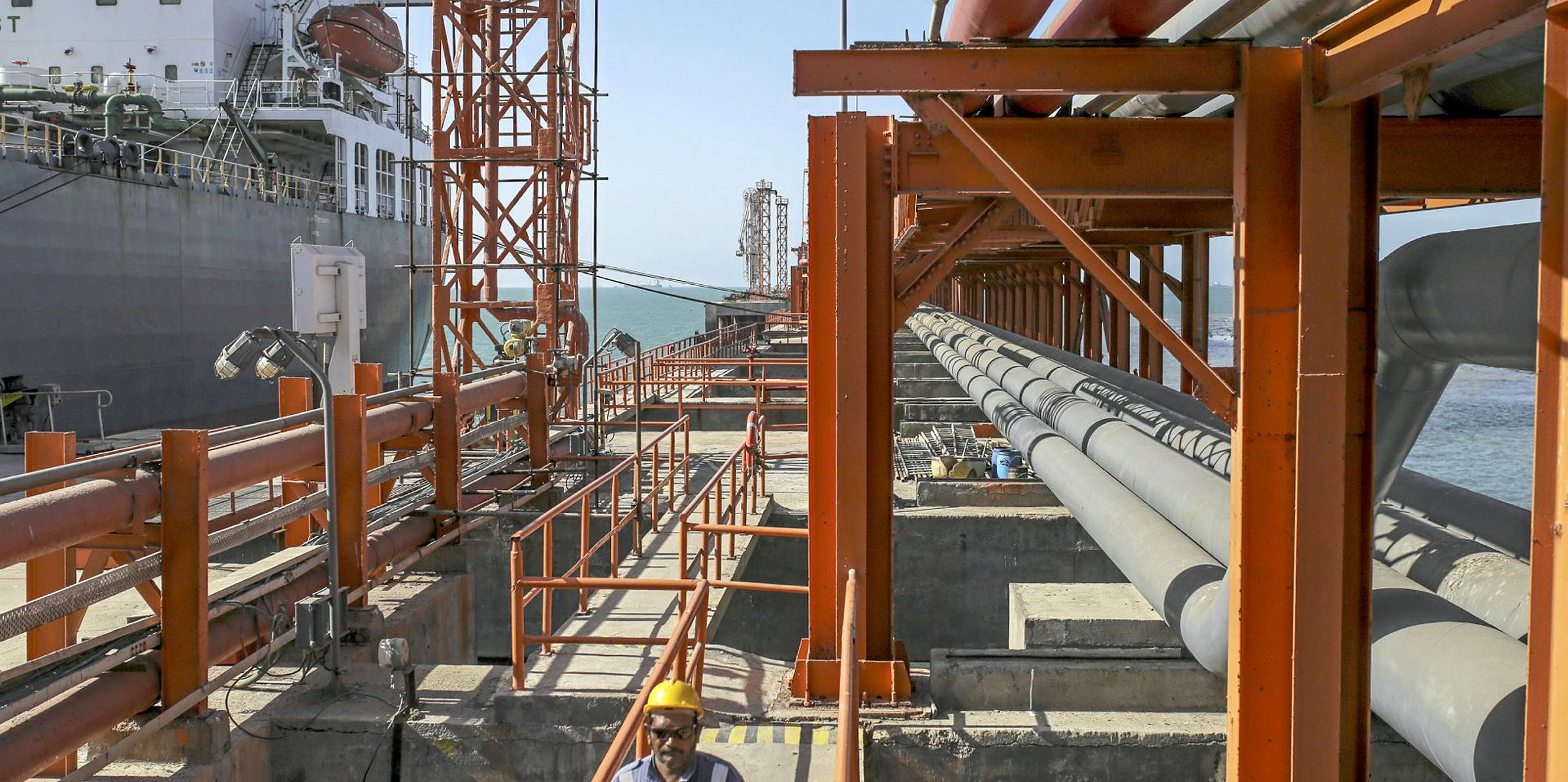Iraq has moved swiftly to fill the gap in the supply of crude to former customers of Iran, according to analysis by ClipperData.
“Iraq took advantage of the market void that opened up when Washington ended waivers on Iranian oil sanctions in May,” says the firm’s geopolitical analyst Noam Raydan.
“Since then, we have seen more Iraqi oil flow to former Iranian customers such as India and Turkey.”
Raydan says even in China, which continues to defy US sanctions over Iranian crude, has seen imports of Iraqi crude reach record levels earlier this summer.
“Iraqi crude flows to Chinese refineries reached 1.15m barrels per day (bpd) in July, the highest we have seen in our data since 2013,” she said.
A meeting last month between Chinese ambassador to Iraq Zhang Tao and Iraqi foreign minister Mohammed al-Hakim saw the latter hail China as an “important strategic partner to Iraq”.
Chinese companies PowerChina and Norinco International have secured a contract to build a refinery at the Iraqi port of Fao on the Persian Gulf, according to ClipperData.
India, once Iran’s second-largest oil importer, saw imports of Iranian crude oil drop to their lowest level in May, following the reinstatement of US sanctions on Tehran.
“By May, Indian imports of Iraqi crude had reached 1.15mbpd, which at the time was the highest level since January 2018,” says Raydan.
Last month, India’s offtake of Iraqi crude climbed even further reaching a record high in August, according to ClipperData figures.
In contrast, Iraq’s exports to the US dropped to 220,000 bpd last month and have halved during the first eight months of this year compared to a year ago.
“This is likely a response to Iraq seeking to take advantage of demand growth in Asia, as well as the fact that the US is becoming less reliant on waterborne imports,” said Raydan.
Turkey has also been another large buyer of Iraqi crude in the absence of barrels from Iran. Imports of Iraqi crude nearly doubled from April to 220,000 bpd in May, to the highest level since mid-2018.
“The flow of Iraqi crude not only indicates that it is targeting Iran’s market share, but that it is also pivoting further towards Asia, focusing on the region where there is the most upside – for both oil demand growth and investment,” said Raydan.





